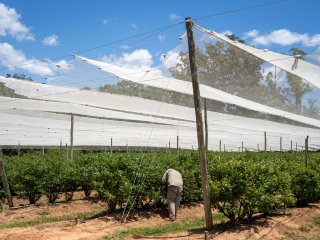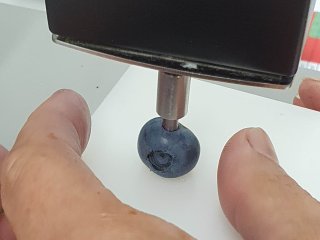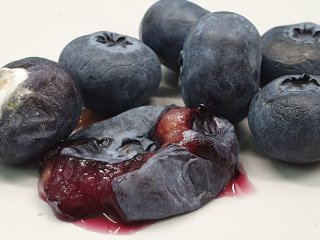
Retail practices for blueberries
Improved retail practices can lead to maintaining a high quality of blueberries and improve customer satisfaction. For the highest freshness on the shelf and to minimize waste, 'first-in first-out' management may be the best strategy. However, quality inspections may lead to other decisions. The staff must be well trained in handling the different types of fresh produce. They must realize that fresh products are very susceptible to handling damage and to unfavourable conditions such as improper temperature and relative humidity.

Retailers play an important role in maintaining quality
Blueberries are a type of berries that grow on bushes. The four main commercial varieties are Lowbush, Northern highbush, Southern highbush, and Rabbiteye. Since 2010, many new blueberry plantations have emerged. With production in several countries around the world, blueberries have become available year-round. Due to the short shelf-life and perishability of blueberries, the supply chain requires excellent logistics including the retail. Blueberry popularity is still growing due to its marketing as a super food. Taste and quality are determining factors for repeated purchasing. As part of the blueberry supply chain, retailers play an important role in offering a good quality to the consumers.



